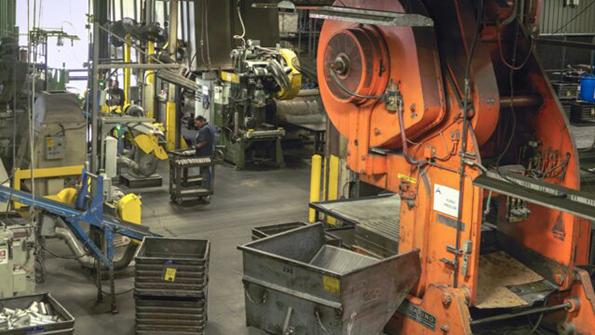
It is no secret that commercial aerospace subtier suppliers are in bad shape. Over the last decade, they have endured OEM supply chain initiatives followed by the Boeing 737 MAX production shutdown and then the COVID-19 crisis. Today they face labor and raw material shortages, surging energy prices and a dearth of working capital as they are asked to ramp up production rates. On top of these challenges, another unfortunate trend—increasing payment terms—will exacerbate supplier distress and ultimately could thwart the ability of OEMs to reach production goals.
How have payment terms evolved, why have they changed, and what are the implications?
Twenty years ago, when a supplier delivered a finished product to a commercial aerospace customer, it generally was paid within 30 days. In the early 2010s, major OEMs increased terms to 60 days. By the late 2010s, terms reached 90 days, and today the standard is 120 days.
Major OEMs sometimes make exceptions. Boeing, for example, offers shorter terms for its smallest suppliers or those in financial distress. Most subtiers, however, sell to larger Tier 1 or 2 suppliers that have adopted the standard terms and are not as forgiving.
The primary reason for escalating payment terms is to increase free cash flow, which is an important measure influencing stock prices. Ironically, airlines pay OEMs 40-50% in advance (predelivery payments starting at 24 months) for aircraft and engines, with the balance due at delivery. If OEMs can defer paying their suppliers for four months—in effect treating suppliers as banks—their cash flow increases.
Another cause of expanding payment terms is the high degree of concentration in the upper tiers of the supply chain. Three aircraft and three engine OEMs serve the air transport sector. Major suppliers are also consolidated, with “Super Tier 1s” such as Safran, Collins, Spirit AeroSystems and Honeywell exerting significantly greater purchasing leverage than in the past.
This phenomenon is not specific to aerospace. Payment terms are increasing across the global industrial landscape; groupthink prevails. However, at 120 days, commercial aerospace is testing the upper limits. One exception is government contracts. The Pentagon insists that prime contractors pay suppliers within 15-30 days. This policy was a lifeline during the COVID crisis and MAX shutdown, when many suppliers were struggling for survival.
What are the implications of escalating payment terms? Consider the example of a Tier 3 make-to-print machine shop producing aluminum parts. It must order its raw material, forgings, castings and extrusions well in advance of delivery—sometimes a year or more—and then pay within 30 days of receipt. These deliveries go into inventory until the complete bill of material is on hand. Production ensues over the next 30-60 days, and the part ships to the customer. After it passes the quality inspection, the clock starts for payment in 120 days. The whole process, known as the cash-to-cash cycle, can take six months or more. During this time frame, the company must pay its employees, utilities, rent and material and process suppliers. In essence, subtier suppliers with the highest cost of capital are acting as a bank for larger, healthier customers.
This insidious inversion means that suppliers must expand access to working capital at a time when profits are down and balance sheets are weak. Lenders are therefore loath to provide lines of credit—particularly when a regional banking crisis may be emerging in the U.S. and government loan guarantees are ending in Europe. It also means that aerospace suppliers increasingly favor military business over commercial, while others are simply exiting aerospace at a time when they are most needed.
The obvious solution to this crisis is for industry leaders to reset payment terms to more reasonable levels. Perhaps set them halfway to the 15-30-day terms of government contracts? No single action would do more to improve supplier financial health.
How would financial markets react to a reduction in payment terms? Ron Epstein of Bank of America has an interesting perspective. “While financial markets might punish OEMs in the short term, in the long run this could be a net positive because a healthier supply chain enables higher production rates and profits,” he says.
Subtier suppliers act as the governors of the jetliner ecosystem. The more OEMs increase production rates, the deeper their financial plight. There is a way out of this conundrum for bold aerospace leaders with the courage to turn away from the herd. It is time to reduce payment terms.





